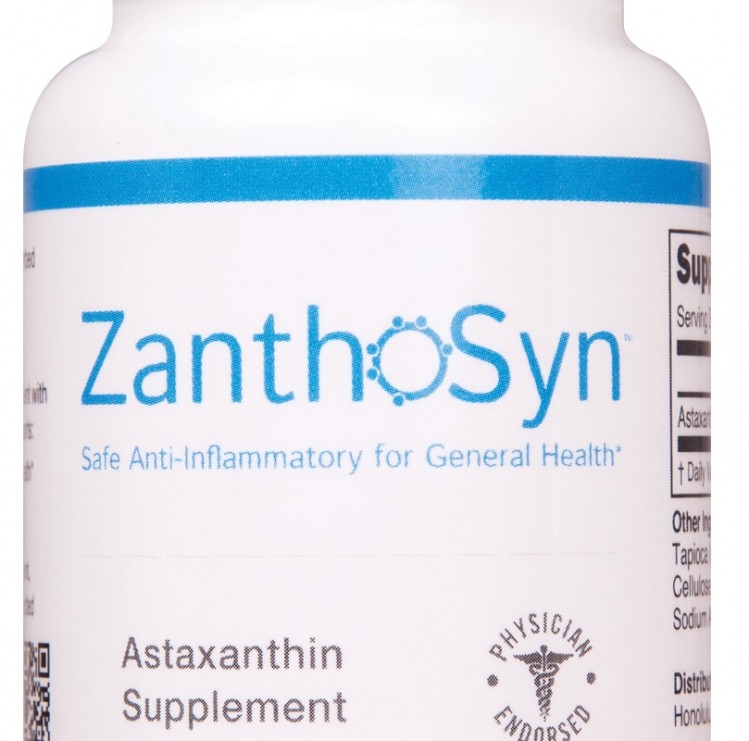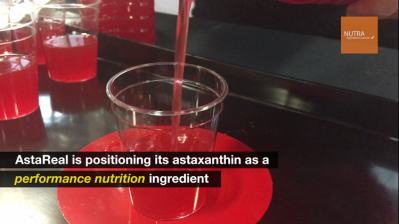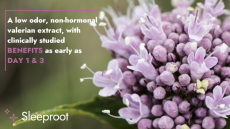Cardax shows sales growth with supplement based on DSM's synthetic astaxanthin

Hawaii-based Cardax has been developing a finished dietary supplement based on DSM’s ingredient for several years. Under pressure from the Natural Algae Astaxanthin Association (NAXA), the company admitted in December that it’s synthetic ingredient was in fact from DSM.
Cardax, which still must be considered a development stage company, reported more than $600,000 in sales for its fiscal year 2017. That’s up from $35,000 in 2016, when the product launched in August of that year. Fourth quarter 2017 revenues were slightly more than $114,000, up from about $25,000 the year previously.
Above board synthetic
So while Cardax’s sales are still a tiny blip in the dietary supplement industry, the company’s results have been watched because it is the first market-scale test of synthetic astaxanthin that is being sold in an above-board fashion. There has been synthetic astaxanthin on the market before, but according to NAXA, it was showing up as an adulterant in astaxanthin supplements that did not disclose the source of astaxanthin on the labels. In press releases at least Cardax has not hidden the fact that its astaxanthin is synthetic, thought it was initially reluctant to disclose the source.
The company calls its dietary supplement ZanthoSyn. It is for sale in GNC stores in Hawaii, and the company claims it has in hand a ‘stocking order’ from GNC for national distribution of the supplement, which Cardax markets for “inflammatory health and longevity.”
"We are very pleased with the significant growth over the past year," said David G. Watumull, Cardax president and CEO. "In addition, our marketing program outside of Hawaii, focusing at first primarily on outreach to GNC store personnel and healthcare professionals in California, is going well.”
DSM has been producing synthetic astaxanthin for a number of years as a color additive for aquaculture feed. The ingredient bioaccumulates in the flesh of farmed salmon and trout and gives it the red color that consumers prefer. Relying on the data from safety studies conducted for its food additive petition, which DSM has argued are more stringent than what FDA is calling for in a New Dietary Ingredient notification, the Dutch company started to market its astaxanthin as a dietary ingredient several years ago.
Stressing differences between natural and synthetic
NAXA was founded by three companies that pioneered astaxanthin derived from Haematococcus pluvialis. The founding members were AstaReal (which has since withdrawn from the organization), AlgaTech and Cyanotech. The organization has campaigned hard on the notion that, while the chemical composition of the two forms might be the same, there are stereoisomer differences that mean the two perform differently in the body.
All of the safety and efficacy studies for the ingredients (the three founding members have all filed NDI notifications on their ingredients) pertain to the natural form, NAXA says.
NAXA filed a citizen’s petition with FDA in November of last year making the case that the synthetic astaxanthin is not a legal dietary ingredient. That argument rests on the group’s reading of the most recent NDI draft guidance, which takes a hard line on synthetic ingredients that seek to mimic components of botanicals. If FDA doesn’t buy that portion of the argument, the NAXA petition asks FDA to at least require Cardax to file an NDI notification.
“Our position on Cardax hasn’t changed,” said NAXA chief Scott Steinford. “FDA has told us it can take 180 days or more to rule on a petition, so we are waiting on that.”
















